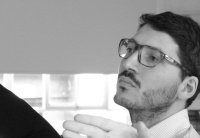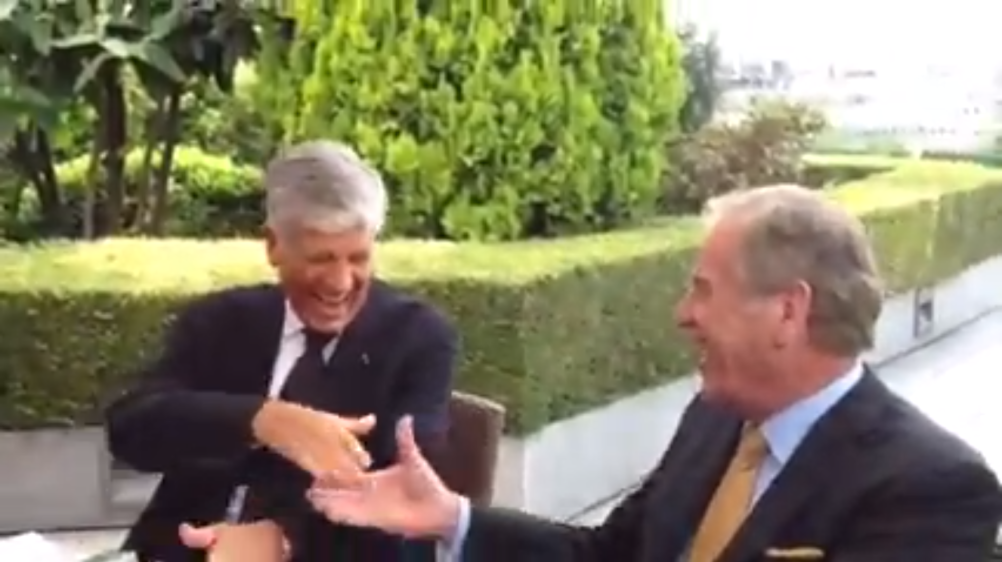Old rich dudes get richer. Will young creatives play to their tune?
Mat Heinl, chief executive of Moving Brands, gives an independent consultancy’s view on the Omnicom/Publicis merger.

Omnicom and Publicis merging seems like a perfectly straightforward business deal. Both corporations can show growth (without changing anything) and achieve efficiencies (presumably by firing people). So bigger numbers all round and better shareholder returns. Is it better for clients and talent though? And does it mean better work will get done? Will we see better brands because of this?
I can’t see any new capabilities here, just more advertising and media in more places. Some of the owned agencies don’t fit this mold but they will have even smaller voices in the larger groups. Procurement teams may be interested in perceived efficiency and sales pitches about the ability to ‘leverage cross agency capabilities’, but mostly I hear decision makers discuss the work, individuals or their agencies, not the groups.
The client conflicts that emerge will be dealt with one way or another and there will also be new opportunities, mostly in cross-selling. Even David Jones, chief executive of Havas, the sixth-largest advertising and communications group worldwide, with almost 15,000 staff globally, says, ’Clients today want us to be faster, more agile, more nimble and more entrepreneurial, not bigger and more bureaucratic and more complex.’ I agree with David, but this doesn’t address capability — the question should be entrepreneurial at what?

The more interesting developments in the creative industry are driven by the fast-moving technology players, multi-disciplinary creatives, and management consultancies delivering business-focused services to the media groups’ traditional client base. These players will be successful — they get creativity, design and innovation, know how to grow fast and can actually make things in partnership or on behalf of their clients. Yes, communications of all flavours will be high on the agenda for marketing folk, but on it’s own it doesn’t begin to answer the cross-platform challenges and opportunities brands have today.
I’m not sure how talent will respond to this deal either — this is more complicated. It seems that creatives have little influence in these situations despite the often-claimed fact that much of what the groups sell is the work of creatives. The option for a group-side creative still seems to be either tucked away out of sight or being sold as the ‘star’.
We share clients and regularly collaborate with group-owned agencies. People we work with at those companies are often excellent. But as a team we have very different motivations, talent, structures and ambitions. We’re not perfect but I feel like putting creativity first, embracing the new and creating a platform for the people who actually do the work is the right thing to do.
Taking the time to understand what people really want helps us and our partners seize business opportunities. As we, and many other amazing businesses have proven, this can be done with small teams of talented people who like each other.
Mat Heinl is chief executive of Moving Brands.
-
Post a comment




